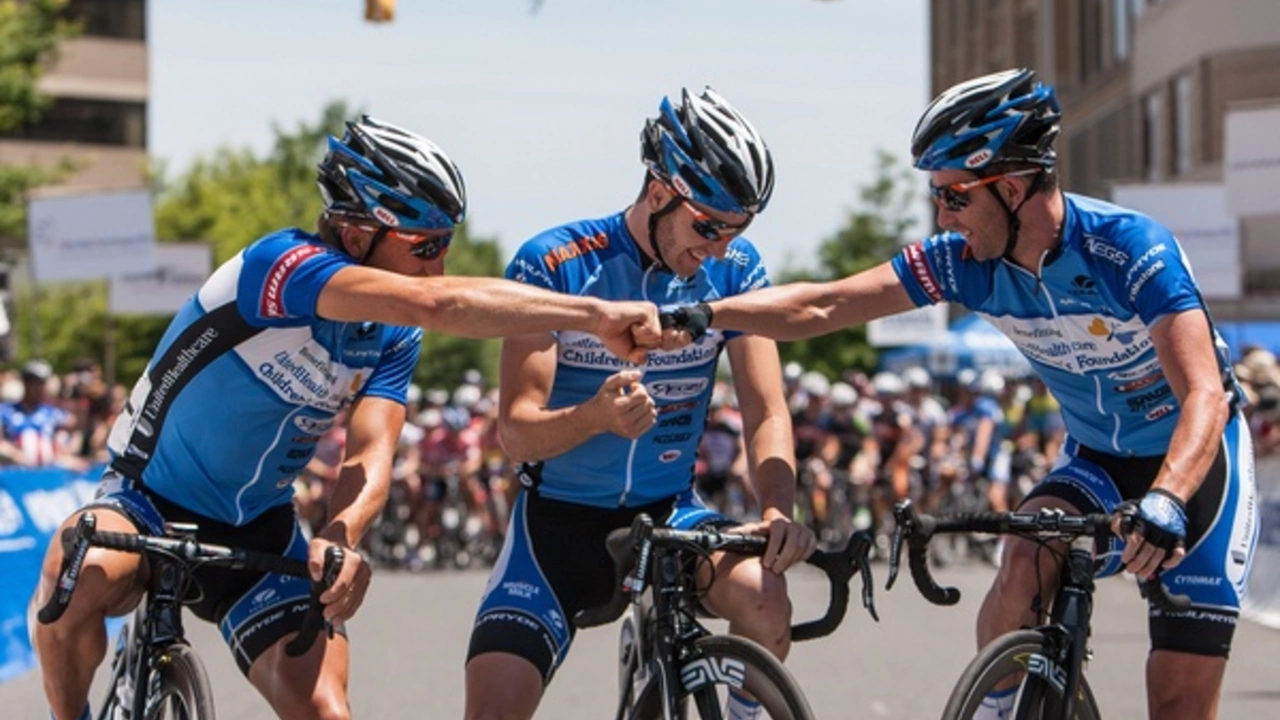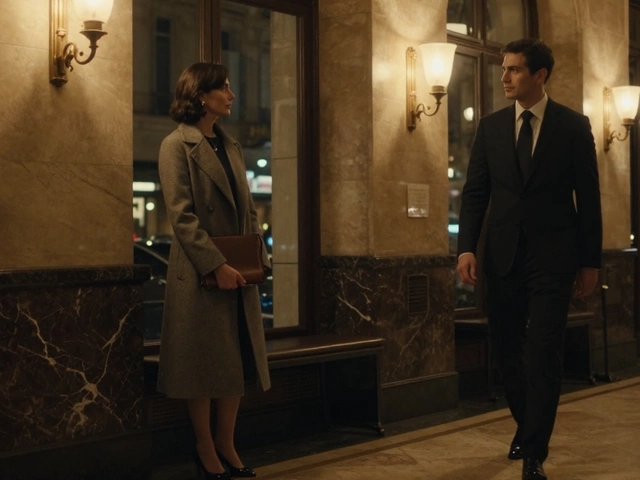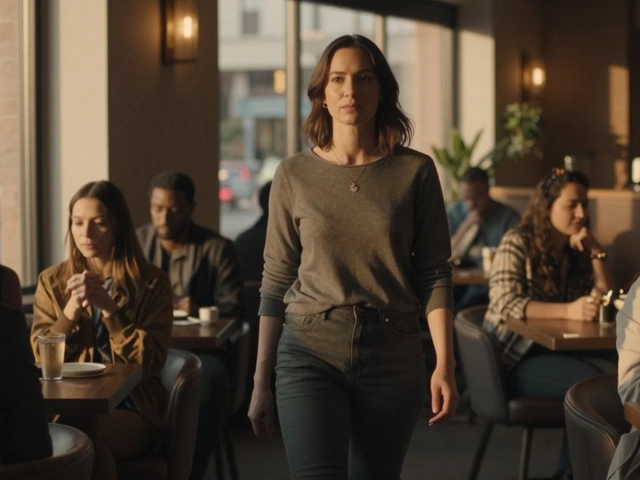Teamwork in Cycling: Why Riding Together Makes You Faster
Ever wonder why pro pelotons look like a moving wall? It’s not magic – it’s teamwork. When you ride with others, you share the workload, protect each other from wind, and stay safer on tricky sections. Even if you’re just out on a local trail, applying a few basic teamwork habits can make your rides smoother and more fun.
Basic Communication on the Trail
Good communication is the foundation of any bike crew. Use simple hand signals: a raised arm means "slow down", a tap on the handlebar signals "watch out", and pointing ahead warns of obstacles. A quick shout like "Easy!" or "Watch out!" lets everyone react instantly. Consistent signals reduce surprise and keep the group moving at a steady pace.
Beyond hand signs, set a ride plan before you head out. Decide who leads, the expected speed, and where to take breaks. When everyone knows the plan, you avoid confusion mid‑ride and can focus on the trail.
Drafting and Rotating the Lead
Drafting – riding close behind another rider – cuts wind resistance by up to 30%. The lead rider does most of the work, while those behind sip the breeze. To keep it fair, rotate the lead every few minutes or after a set distance. This way no one gets overly tired and the whole group stays together.
Start with a short pull at the front, then peel off to the side and let the next rider take over. If you’re on a steep climb, let stronger riders stay ahead while the rest settle into a comfortable pace. The key is to keep the group tight enough to benefit from drafting, but not so close that you risk collisions.
When you’re riding with a club or a regular group, establish a rhythm that fits everyone’s fitness level. A slower, steady speed often beats a fast start that leaves weaker riders behind and breaks the team’s momentum.
Remember, teamwork isn’t just about speed. It’s also about looking out for each other. If someone has a flat or feels ill, the group should slow down, help fix the issue, and then get back on track. A quick bike‑check before the ride – brakes, tires, and chain – can prevent many stop‑overs.
Finally, celebrate the finish together. A shared high‑five, a quick photo, or a coffee stop after a long ride reinforces the team spirit and makes everyone want to ride again.
So next time you mount your bike, think beyond the solo ride. Bring a friend, join a local club, or simply invite a neighbor. With a bit of communication, a rotating lead, and a willingness to help, you’ll discover how much farther—and faster—you can go together.
Why is cycling a team sport?
Cycling is often viewed as a solitary sport, but in reality, it thrives on teamwork. Team members in professional cycling races work together, using strategies like drafting to conserve energy and breakaways to distance themselves from the pack. They communicate constantly, ensuring everyone is aware of the terrain and opponents' positions. Moreover, team members support each other mentally, pushing past their limits. So, while one might pedal alone, without a team, victory in cycling would be a much steeper uphill climb.



